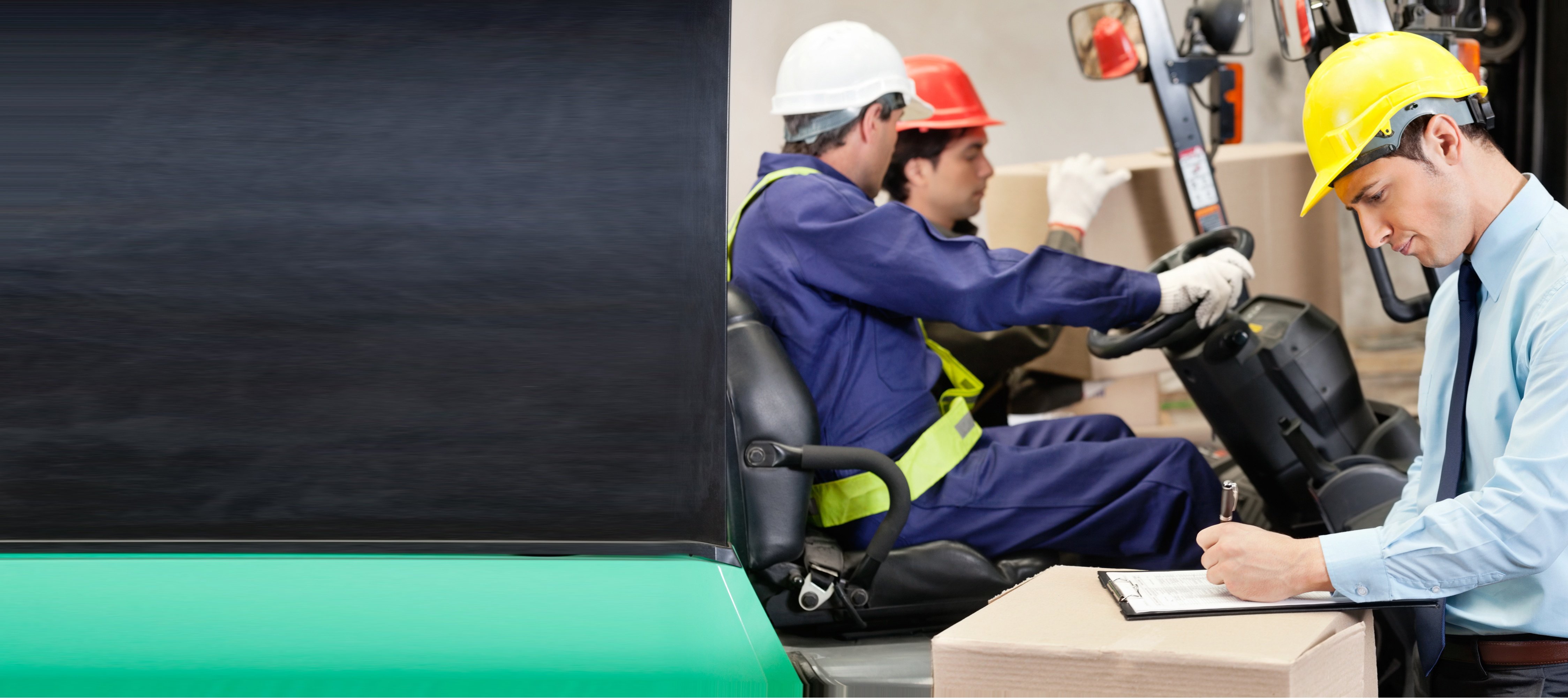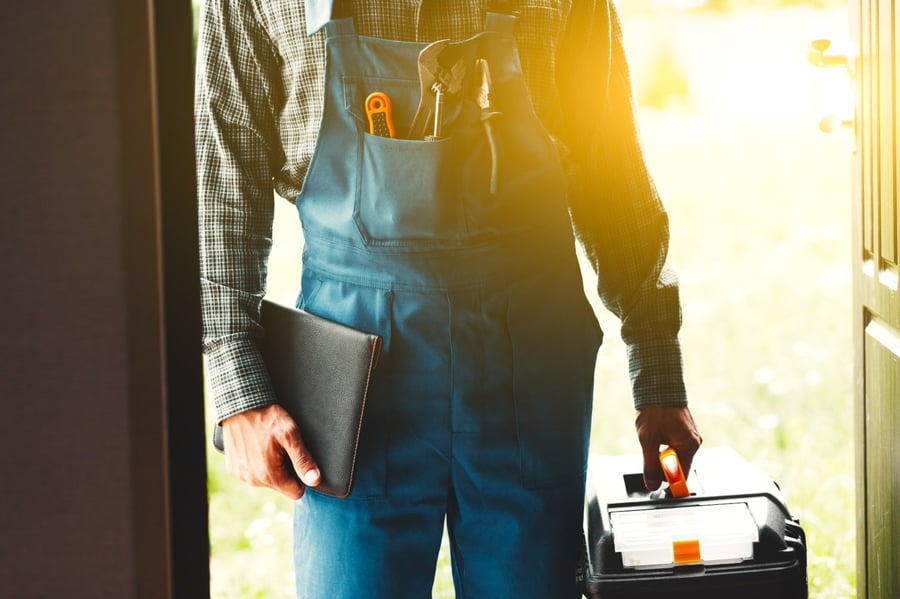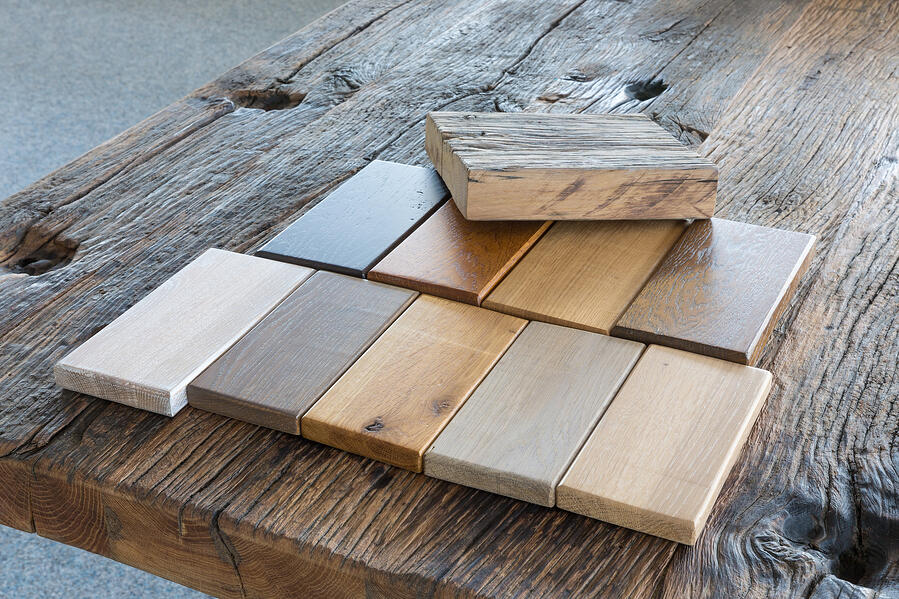Is Your Moisture Meter Not Working? Here’s Why!

Moisture meters are useful tools for professionals in many different industries. The ability to perform accurate moisture testing in different materials is a key part of ensuring high quality for paper producers, woodworkers, contractors, restoration specialists, and many other experts.
However, as with any other sensitive piece of electronic equipment, there may be times when your moisture meter might not work correctly.
There are a number of reasons why a moisture meter might not work, and some Some of these issues are easier to fix than others. To help you keep your moisture testing tools in top working condition, here are some of the most common reasons a moisture meter might stop working right—and some common fixes for these issues:
#1: Low Battery
When a moisture meter is low on battery power, the meter might not power on, or it may not be able to get accurate readings. Warning signs of low batteries include faded/dim displays, inability to take a reading, or simply being unable to turn the meter on.
If left underpowered long enough, the accuracy of the meter might be permanently affected.
Thankfully, while this is the most common cause of a meter not working, it’s also the easiest problem to fix: simply replace the battery.
FYI: all Delmhorst moisture meters use a 9-volt battery.
#2: Damaged Pins/Scanning Plate
The pins on a pin-type meter and the scanning plate on a pinless meter are integral to the correct operation of the moisture meter. When pins and plates are damaged, moisture meter accuracy may be affected.
There are two ways to deal with this issue:
-
Prevention
-
Repair/replacement
Prevention focuses on caring for the meter so that the pins/scanning plate don’t get damaged in the first place. This involves careful handling in use, cleaning components immediately after use, and properly storing the meter and its components when not in use.
Repair or replacement is for after the damage has been done. With most pin-type meters, the pins are designed to be easily removed and replaced, making repairing the problem simple. With pinless meters, you may need to check the owner’s manual or contact the manufacturer to see if the scanning plate can be removed and replaced, or if you need to send the unit in for repair.
#3: The Moisture Meter is in the Wrong Mode/Menu
A lot of high-end moisture meters have a full array of special functions, such as the ability to make moisture content readings in different materials or to store and display previous reading results.
One of the most common reasons a moisture meter isn’t “working” is that the user doesn’t have the meter in the correct reading mode—they’re hitting the right button but moisture meter accuracy suffers because the user is testing wood moisture content with the meter in a drywall scale mode (or vice versa).
Or, Another possibility is the moisture meter might be in the wrong menu. In this case, the user might be hitting the moisture testing button, but not getting any results at all.
Here, The best fix here is to get to know your moisture meter by reading the manual or asking for help from the manufacturer. Some manufacturers even have online demos that explain how to use the advanced features of their meters.
#4: Internal Components of the Meter Are Broken
Accidents happen all the time. A meter gets dropped onto hard concrete or gets is left in a hot kiln, or a truck backs up over it—whatever the reason, damage to moisture meters can have a significant impact on their ability to function correctly.
The warning signs of severe internal damage to moisture meters can vary based on the cause, but common signs include:
-
Damage to the Casing—cracks, splits, and scrapes can be indicative of impacts that may have damaged the meter’s internal components; and
-
Rattling Noises—loose components rolling around the inside of the meter may cause rattling sounds as the meter is moved. This is a strong indication that something is broken.
In most cases, rather than trying to fix the issue yourself, it’s better to send the meter back to the manufacturer for repair or replacement. Opening the meter’s casing to resolve a problem could void your warranty.
#5: The Meter is Out of Calibration
There is always a chance that the meter might not be calibrated properly. This is why testing moisture meter calibration using a Moisture Content Standard (MCS) or built-in calibration check is important.
If moisture meter calibration is off, the best solution is usually to send the meter to the manufacturer for a simple repair. In many cases, minor problems such as this can be fixed quickly with a minimal turnaround time.
These are just a few of the most common reasons why a moisture meter might not work correctly for you. For more help and advice, check out some of our other resources or contact Delmhorst directly to learn more.
Subscribe to Our Blog
Post Related

Broken Moisture Meter Here's How to Fix That


